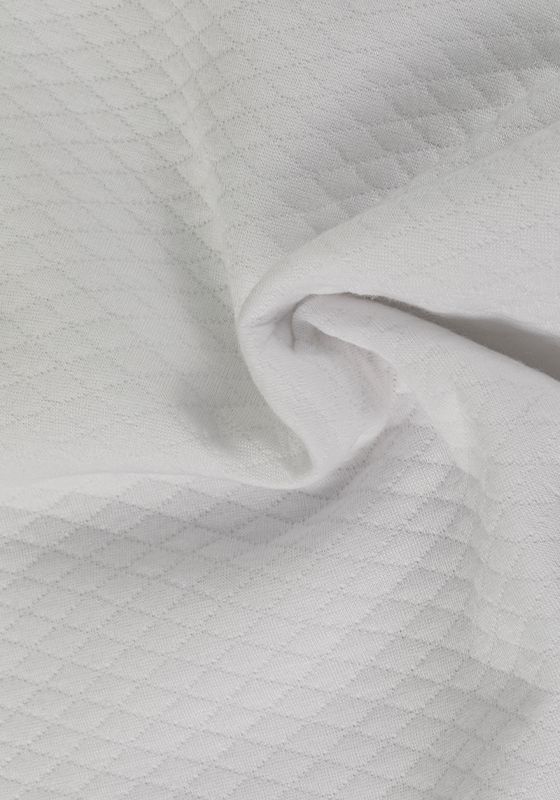Cotton is a natural product that comes from the cotton plant. The plant's seed villi are cotton fibers. These fibers are spun into threads and used to make soft, breathable textiles. Today, cotton is produced worldwide, but most plantations are in countries with warmer climates. Cotton plants need lots of sun and warmth. All Cotton Fabric is a rave favorite.
For many Americans, the main reason they want, and some have to, to wear 100% cotton clothing is because cotton is hypoallergenic. This technical term is easy to explain. Cotton is a fabric that does not irritate the skin of a person wearing clothing made from it. This is true even when the wearer is hot and sweaty. Synthetic clothes tend to irritate the skin's pores when heated and opened. Cotton does not. Cotton is a breathable fabric that allows the skin to breathe, thereby reducing and eliminating the possibility of rashes, including heat rash, on the skin of people wearing cotton clothing. Another reason cotton is considered hypoallergenic is its resistance to dust mites. For Americans with allergies, this is an important factor.
Cotton is a very environmentally friendly fabric. Because it is a natural product composed only of cellulose fibers, cotton is also 100% biodegradable. If for some reason, cotton fabric goes into a landfill, it will break down and help fertilize the area where it was placed. Its ingredients are free of harsh chemicals that can pose a threat or harm to plants or wildlife.
A third quality that most consumers appreciate about cotton is that it is an extremely durable fabric. Many manufacturers of children's clothing use cotton in their products. This natural fabric can be worn hard and even abused by the wearer, yet it still looks and hangs on a child with little depreciation in appearance. Cotton clothes can be washed over and over again and your growing child will still use them for years. Its soft texture also helps reduce skin irritation, even when rashes develop from colds or allergies.











